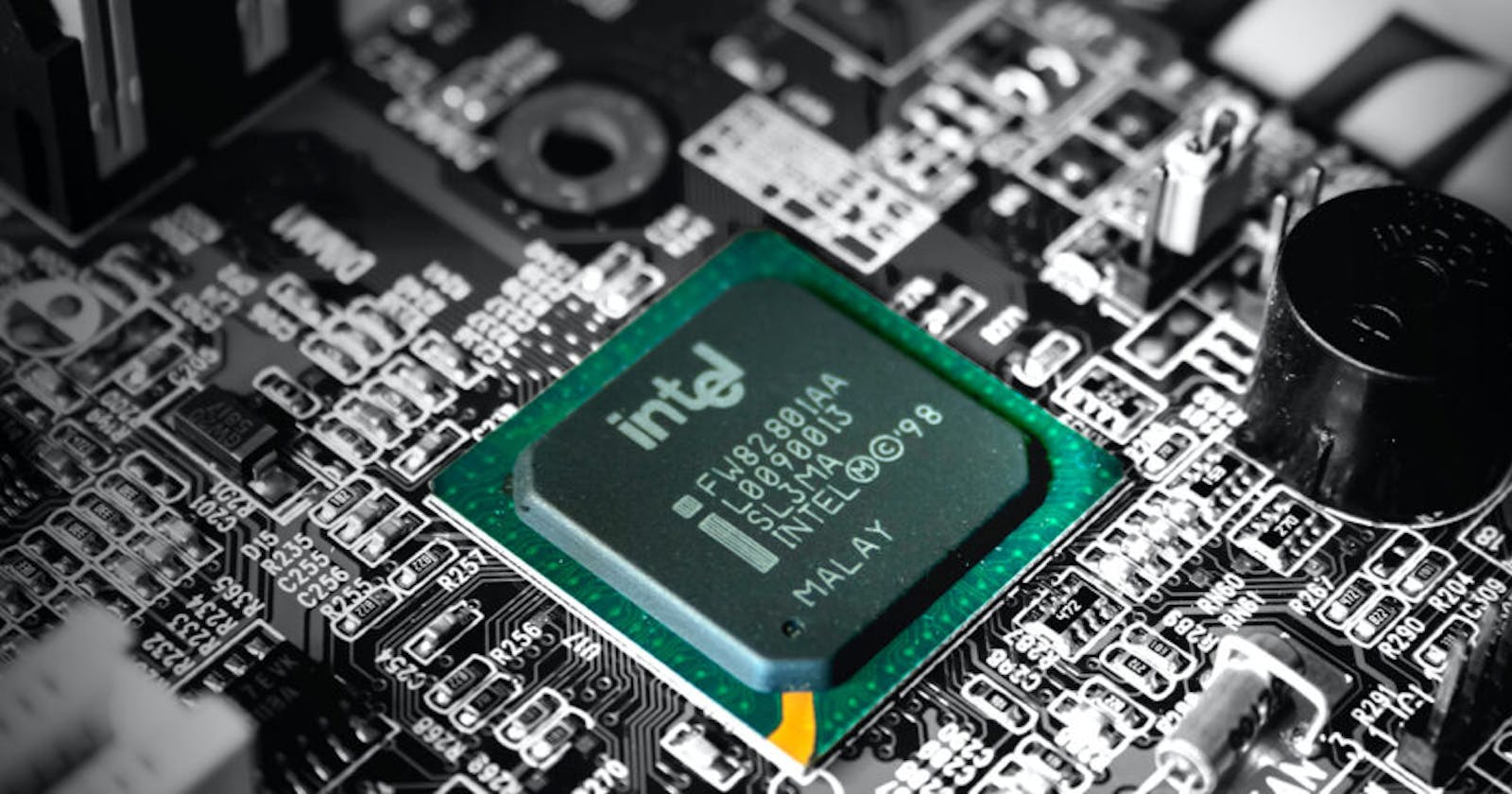The one most prominent downside to technology and its innovation is the fact that devices are at risk of being hacked, manipulated remotely by people or even software with evil intent. Such has been the case of computers, they are all subject to viruses, ransomwares, Trojan horses, worms etc. For decades, computer manufacturers have grappled with the drive to make computers more secure from all sorts of threats hence the creation of antiviruses.
Recently, Intel developed a security architecture that protects Personal Computers (PCs) from malware. What is most innovative about this creation is that it lies at the heart of the CPU/Processor. Intel’s Control-Flow Enforcement Technology otherwise called the CET delivers capabilities to protect against common malware methods. Specifically, it shields against the misuse of code though control-flow hijacking attacks (a common method for hacking PCs).
The technology boasts of indirect branch tracking and shadow stack. Indirect branch tracking/ protection defends against call-oriented programming attack methods while shadow stack protects from return-oriented programming attack methods. The architecture will be debuted on Intel’s processor codename “Tiger Lake”. The processor chip itself offers massive AI performance improvements, increased graphics performance.
Intel’s CET is built to ensure memory safety, a target for hackers after Microsoft built Windows 10 with proactive protection mechanisms. Normatively, the tiger lake and its CET should be able to protect PCs against the 1,097 or more memory safety related risks that stand a chance of tampering with the integrity of PCs
Intel’s with this creation provides an answer to the call for more data security architectures and seems to be able to guarantee data protection and safety. Hackers have targeted personal data of PC users like financial credentials and other forms of personally identifiable information that could have damaging effects on people employing it for so many crimes.
But then, Nigerian hackers are not here to play
We have to admit, Nigerian hackers are surprisingly among the cleverest and dangerous in hackers in the world today. They are known for forming or enacting groups with strangely imaginative names, like London Blue and so on. Individually, hackers from this part of the world have embarked on daring heists. One that you would be familiar with is the Nigerian who hacked the US government to give his friends and family members permanent citizenship. While it was admitted that his skills were incredible and almost unbelievable, authorities have not been able to discover how he did it.
Media houses also recorded the actions of another Nigerian hacker who is said to have earned more than US$100,000 from his “work”. He is known to purchase goods with stolen ATM cards and launch phishing and malware attacks. To top it all, Nigerian hackers are known for their focus on financial institutions, banks in particular (either within or outside Africa). There are records of million dollar heists to prove this and much more
Do Nigerian Hackers stand a chance against Intel’s CET?
As much as we would have loved a yes or no answer, there is no certainty. However, as it is in predictive and data analytics, the past does have insights on how processor hacks can take place. Intel’s previous MINIX powered ME Chip could be hacked over USB. In the case of this processor, the hacker needs physical access to his target system, it just involves a constant search for vulnerabilities of the processor chip. For the MINIX, the hacker discovered that the access to the chip can be guaranteed through USB ports on an interface called DCI or Direct Connect Interface.
Hacking the tiger lake could as well follow the same pattern but not necessarily the same method. A Nigerian hacker would simple embark on research to identify the vulnerabilities of the chip and use that in his/ her hacking processes. If or when said chip is finally hacked, will determine if Nigerian hackers have a chance against the CET or not.

